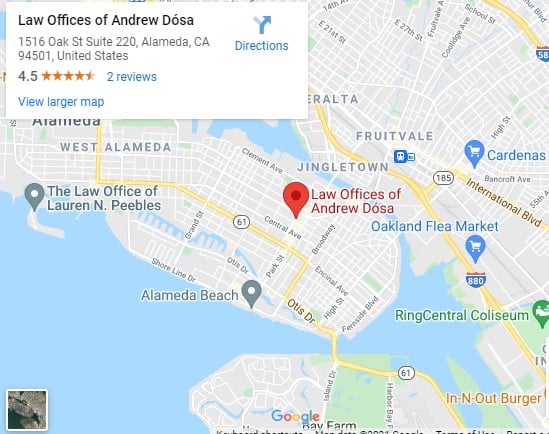In this, our fifth installment of the Motion to Suppress, we set out the initial part of our Arguments of the motion. Thereafter, we will add two more installments, where we give you the first eight of the 16 particular points raised in the Motion.
ARGUMENT
A. THE PROSECUTION HAS THE BURDEN OF JUSTIFYING A WARRANTLESS SEARCH OR SEIZURE.
The burden of justifying a warrantless search, seizure, arrest or detention falls upon the prosecution. People v. Williams (1999) 20 Cal. 4th 119; Wilder v. Superior Court (l979) 92 Cal. App.3rd 90. Williams says, at page 136:
Consistent with section 1538.5, subdivision (a)(2), we hold that when defendants move to suppress evidence, they must set forth the factual and legal bases for the motion, but they satisfy that obligation, at least in the first instance, by making a prima facie showing that the police acted without a warrant. The prosecution then has the burden of proving some justification for the warrantless search or seizure, after which, defendants can respond by pointing out any inadequacies in that justification. [Emphasis added.] Wilder, supra, 92 Cal. App.3 at pp. 96-97.
The defendant’s only burden is to show, by competent evidence presented or stipulation entered into at the hearing, that the search or seizure occurred without a search or arrest warrant, that the evidence sought to be suppressed is a fruit of that act. If the People object to the defendant’s standing to complain of the illegal act, the defendant then must present evidence at the hearing of a reasonable expectation of privacy in the area searched and/or the items seized. (In re Lance W. (1985) 37 Cal. 3rd 873; People v. Root (1985) 172 Cal. App.3rd 774, 182; Rakas v. Illinois (1978) 439 U.S. 128. The defendant has the burden of raising the issue, which is generally satisfied, in the first instance, if defendants simply assert the absence of a warrant and make prima facie showing to support that assertion. (Williams, supra). The prosecution then responds, and its response shall include points and authorities concerning justification for the seizure and may include affidavits or declarations on any material issue of fact raised by the defendant’s affidavits or declarations.
In the present case, the defendant has averred and is prepared to prove at the hearing on this motion that the police acted without benefit of arrest or search warrant, and that certain fruits were obtained as a result of that warrantless act. In addition, if challenged, Mr. Smith is prepared to prove that a reasonable expectation of privacy existed in the items seized and/or the area searched at the time of the search. By this motion, the defendant states the grounds upon which the challenge is made. At that point, the burden will then shift to the prosecution to justify the warrantless act.
B. THE DEFENDANT IN THIS CASE HAS STANDING TO CHALLENGE THE FOURTH AMENDMENT VIOLATION(S).
A defendant may challenge the propriety of a search or seizure which violates the defendant’s own reasonable expectations of privacy in the area searched or the item seized. Rakas v. Illinois (1978) 439 U.S. 128, 99 S.Ct. 421.
B(1). There were insufficient facts to support a community caretaker exception. (thewellarmedwoman.com)
The stop/contact in the present case cannot be justified as a “community caretaker” exception because the facts of this case have not been, and cannot be sufficiently articulated, to invoke that legal doctrine. (See People v. Madrid, (2008) 168 Cal. App. 4th 1050, which adopted the four- factor test announced in Wright v. State, (Tex.Crim.App. 1999) 7 S.W.3rd 148, a test the facts of this case could never support.) Significantly, the Madrid court determined that a staggering, sweating passenger able to walk 50 feet before getting into a car did not trigger the subject exception. (See also Trejo v. State, (2011)76 So. 3rd 684.) Additionally, there are the following unpublished decisions for the court to review for guidance, (though they are not here cited as authority. Certainly the cases they rely upon are citable authority): Peoplev. Vizcarra, 2010 Cal. App. Unpub. LEXIS 3008; [Citation excluded]. People v. Oivares 2009 Cal. App. Unpub. LEXIS 7893; People v. Spratt, 2011 Cal. App. Unpub. LEXIS 4786: community caretaking justification requires specific, articulable facts indicating the need for” ‘swift action to prevent imminent danger to life or serious damage to property ….’ [21 Cal.4th 473] [Citation.]”; People v. Duncan (1986)42 Cal.3d 91, 97; People v. Morton, (2003) 114 Cal App.4th 1039.)




